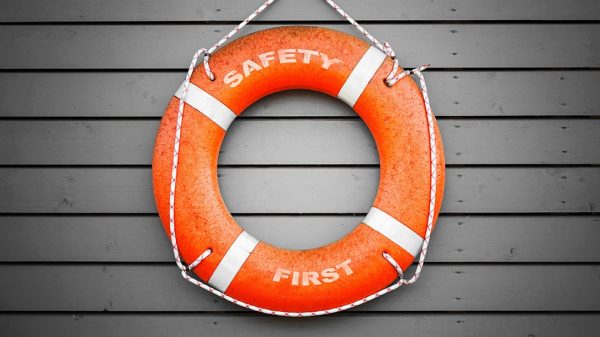SQLearn blog posts related to maritime training online
Virtual reality applications can be effectively used in order to train professionals and combined with the capabilities of e-learning, can provide a unique approach to advance the ways people work and learn using their personal computer.
Microlearning is a way of teaching content. In microlearning, content is divided into small chunks that are requested by and taught to learners on an as-needed basis
Business sustainability using continuous training solutions helps companies to embrace a culture of “investing in people”. Companies invest in training their employees rather than hiring new people which can be much more costly on different levels. Most companies nowadays want to invest in retaining their people – and developing that pool – so they keep employees well trained and up-to-date so that they can respond to the company’s ever-changing needs.
The main benefit of online training when it comes to maritime safety and compliance is that employees can be reached everywhere, all over the world, at any time.
Every company should provide career development paths and the required learning programs that will enable the employees to develop the necessary knowledge and skills.
The current speed of change means that employees need to be trained continuously in order for shipping companies to avoid the dangers of being out-thought and outdated by the fast growing maritime regulatory framework. Traditional learning is expensive, takes a long time and results can vary. E-learning is faster, cheaper and provides a high return of investment.
This new educational model, differs from the traditional “frontal teaching”, since virtually reverses educator’s “in class” instruction (synchronous e-learning) with homework (asynchronous e-learning). In fact, lessons studied at home, give the opportunity to save time for discussion, learners’ questions and collaborative activities with the supervision and assistance of the trainer, during the synchronous e-learning.
Gamification is the concept of applying game-design characteristics (such as rewards, score, challenges, tasks, missions, avatars, etc) to non-game applications and situations.
3D animation is the digital three-dimensional display of images, the movement of which adds a vivid, realistic and at the same time entertaining tone to the final outcome, as it is reminiscent of cartoons and digital games. It is considered as a powerful learning tool.
SQLearn’s vLMS is a web based e-learning system specifically designed for providing learning material and management of the e-learning courses in the shipping industry. vLMS can be used from any modern PC and it helps familiarizing the crew as well as the commander with the ship but also with the daily procedures of the ship. The technology used in vLMS allows seamless use in conditions with low internet connection speed or no internet connection at all. The vLMS system is a specialized solution for e-learning for the shipping industry.









